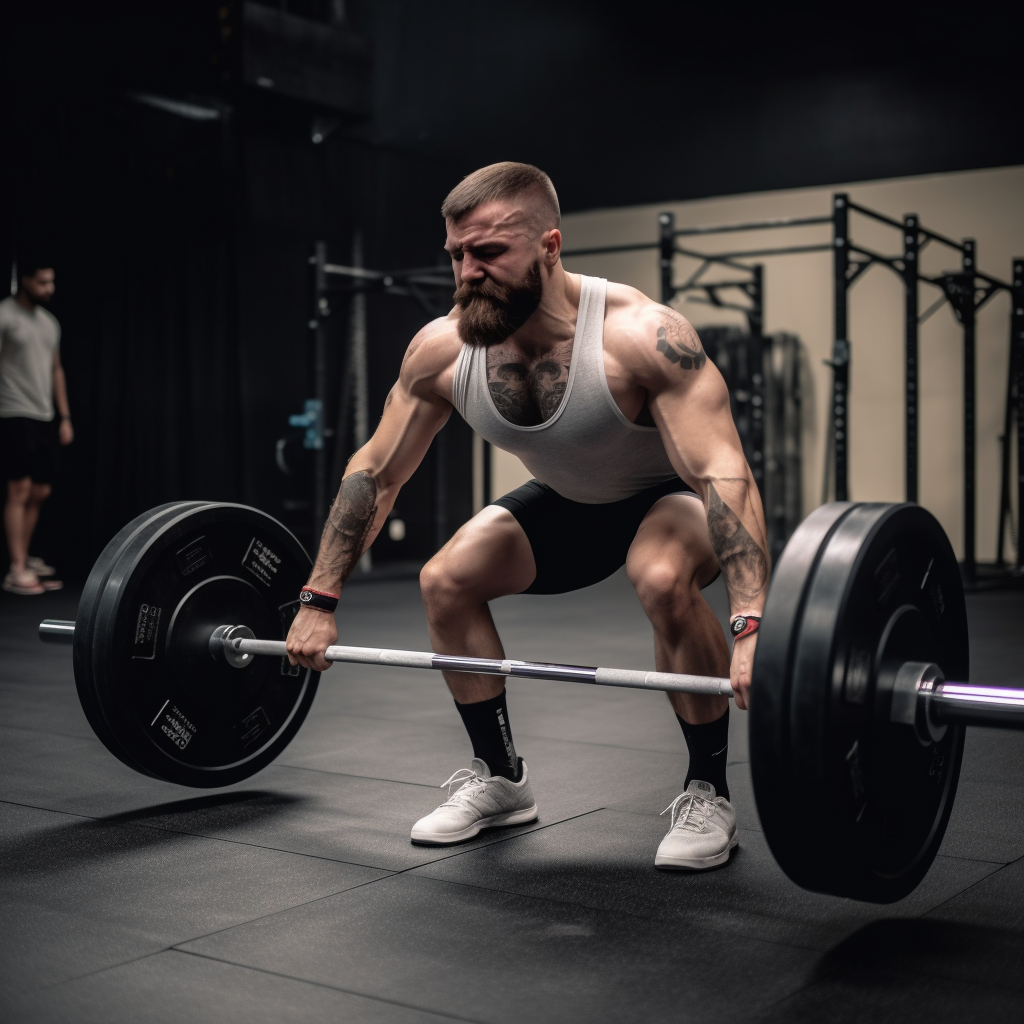Weightlifting is a challenging sport that requires a high level of dedication, mental strength, and self-assurance. While many aspects of weightlifting contribute to an athlete’s mindset and performance, the role of attire is often overlooked. This comprehensive article explores the psychology behind wearing a weightlifting suit and how it can significantly impact an athlete’s confidence and mindset.
1: The Science Behind the Weightlifting Suit
1.1 Material Matters
Weightlifting suits are typically made of spandex, polyester, or a blend of both, providing a snug fit that ensures stability and support during heavy lifts. The tight fit compresses muscles, aiding blood flow and reducing muscle vibration, which can enhance performance and minimize injury risk.
1.2 How Compression Affects Performance
Compression wear has been shown to improve circulation, reduce muscle fatigue, and aid in recovery. Additionally, the increased proprioception, or body awareness, gained from wearing a tight-fitting suit can contribute to better form and technique, further improving performance.
1.3 The Mental Impact of Compression
Not only do weightlifting suits have physical benefits, but they can also boost an athlete’s psychological state. Compression wear can enhance an athlete’s perception of their body, leading to a sense of control, increased self-confidence, and focus during training and competition.
2: The Power of Appearance
2.1 The Power of Enclothed Cognition
Enclothed cognition is the concept that the clothes we wear can influence our cognitive processes, such as attention, focus, and self-perception. When an athlete dons a weightlifting suit, they may feel more powerful, confident, and ready for their training or competition.
2.2 Self-Expression and Identity
The weightlifting suit can serve as a means of self-expression and identity. Athletes can choose suits that reflect their personality, style, or team affiliation, further boosting their sense of belonging and confidence.
3: Choosing the Right Suit for Mental Readiness
3.1 The Importance of Fit
Selecting a weightlifting suit that fits well and provides the necessary support is crucial for both physical and mental readiness. A suit that is too tight or loose can cause discomfort, distraction, and self-consciousness, hindering performance.
3.2 Colors and Patterns
Colors and patterns can evoke certain emotions and psychological states. For instance, red is often associated with power and dominance, while blue can promote a sense of calm and focus. Choosing a suit that aligns with an athlete’s desired mindset can help improve their mental state during competition.
4: Strategies for Mental Preparation
4.1 Pre-Competition Rituals
Establishing pre-competition rituals, such as putting on the weightlifting suit, can help create a sense of familiarity and control. These rituals can serve as mental cues, signaling to the athlete that it is time to switch into competition mode and focus on their performance.
4.2 Visualization
Visualization, or mental rehearsal, is a powerful tool for athletes. By mentally picturing themselves wearing their weightlifting suit while performing at their best, athletes can reinforce positive self-beliefs and build confidence.
4.3 Breathing Exercises
Breathing exercises can be a beneficial addition to the pre-competition routine. Focusing on the breath while wearing the weightlifting suit can help calm the mind, reduce anxiety, and enhance focus.
5: Tips for Overcoming Insecurity in a Weightlifting Suit
5.1 Accepting and Embracing Vulnerability
Being comfortable in a weightlifting suit requires accepting and embracing vulnerability. Acknowledging one’s insecurities and focusing on the benefits of wearing the suit can help shift the mindset from self-consciousness to confidence.
5.2 Building a Supportive Community
Surrounding oneself with a supportive community of fellow athletes can help create an environment where everyone feels confident and empowered in their weightlifting suits.
5.3 Focusing on Progress and Performance
Redirecting attention from physical appearance to progress and performance can foster a sense of accomplishment and self-worth, helping athletes feel more confident and at ease in their weightlifting suits.
6: The Role of Coaches and Trainers
6.1 Encouraging a Positive Mindset
Coaches and trainers play a crucial role in fostering a positive mindset among athletes. They can help athletes focus on the functional benefits of the weightlifting suit and develop mental strategies to overcome any insecurities.
6.2 Providing Guidance on Suit Selection
A knowledgeable coach or trainer can help athletes select the most suitable weightlifting suit for their body type, performance goals, and personal preferences, ensuring maximum comfort and confidence.
Conclusion
In conclusion, weightlifting suits are more than just attire; they are a powerful tool that can significantly impact an athlete’s mindset and confidence. By understanding the psychology behind the suit, choosing the right fit, and employing mental preparation strategies, athletes can harness the full potential of their weightlifting attire to excel in their sport.



